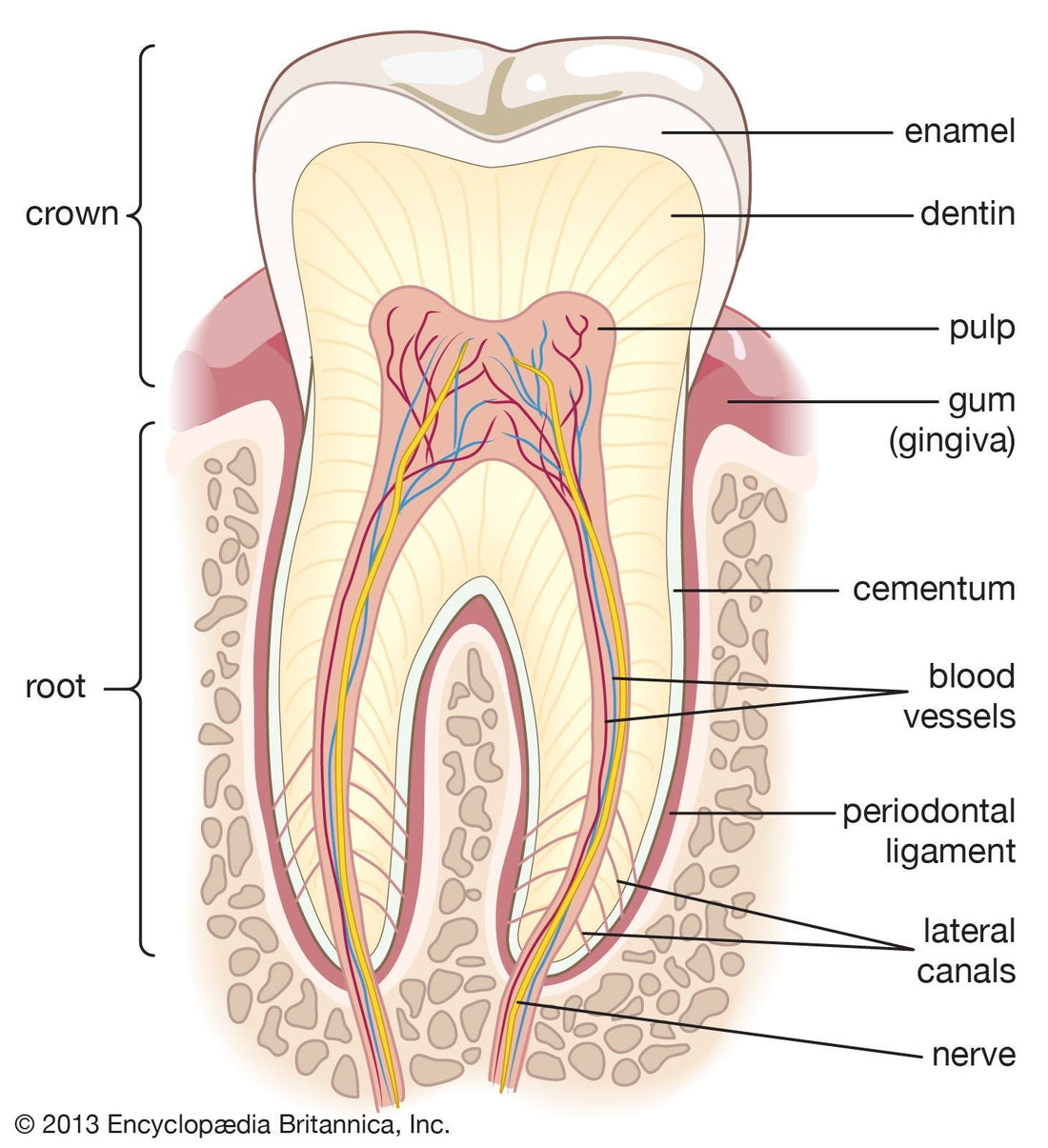
Mastering Dental Anatomy: A Guide to Tooth Structure and Clinical Relevance
Share
Understanding dental anatomy is essential for dental professionals, as it forms the basis for accurate diagnosis, treatment planning, and effective patient care. Each tooth in the human mouth has distinct structural features that play a critical role in function and oral health. Whether you’re a dental student or a practitioner refining your expertise, a strong grasp of tooth anatomy is key to excelling in both academic and clinical settings.
In this guide, we’ll break down the essential components of tooth anatomy, explain their clinical applications, and highlight the significance of this knowledge in everyday dentistry.
What is Dental Anatomy?
Dental anatomy focuses on the structure, function, and classification of teeth. It provides the foundation for identifying teeth correctly, recognizing abnormalities, and ensuring precision in restorative, surgical, and orthodontic procedures.
Key Aspects of Tooth Structure and Identification
1. Classification of Teeth and Their Roles
The human dentition is divided into two sets:
- Primary Teeth (Deciduous Dentition) – A total of 20 teeth that develop in early childhood.
- Permanent Teeth – A complete set of 32 teeth that replace primary teeth.
Each category of teeth serves a specific purpose:
- Incisors – Sharp-edged teeth for cutting food.
- Canines – Pointed teeth designed for tearing.
- Premolars – Transitional teeth that aid in grinding.
- Molars – Large teeth responsible for crushing food.
2. Tooth Identification Systems
To ensure accurate documentation and communication in dentistry, standardized numbering systems are used:
- Universal Numbering System (US) – Numbers 1-32 for permanent teeth, A-T for primary teeth.
- Palmer Notation – Uses quadrant symbols with letters or numbers to identify teeth.
- FDI World Dental Federation System – A widely recognized two-digit system.
3. Structural Components of Teeth
Each tooth consists of unique anatomical features, including:
- Crown – The visible part of the tooth covered by enamel.
- Root – Embedded in the jawbone, providing stability.
- Cusps – Elevated points on molars and premolars crucial for chewing.
- Incisal Edge – The sharp edge of incisors used for cutting.
- Grooves and Fissures – Indentations on molars’ surfaces that aid in food breakdown.
- Contacts and Embrasures – Points where teeth touch and the surrounding spaces.
4. The Clinical Importance of Tooth Anatomy
A thorough understanding of dental anatomy is essential for:
- Restorative Dentistry – Ensuring precise placement of fillings, crowns, and bridges.
- Orthodontics – Designing braces and aligners to correct misalignment.
- Periodontics – Managing gum health by understanding root structures.
- Endodontics – Performing root canal treatments with accuracy.
5. Recognizing Tooth Anomalies
Some individuals exhibit variations in tooth development, including:
- Macrodontia – Teeth larger than normal.
- Microdontia – Smaller-than-average teeth.
- Anodontia – Missing teeth due to developmental issues.
- Dilaceration – Unusual curvature in tooth roots.
- Fusion & Gemination – Irregularities affecting tooth formation.
Final Thoughts
A strong command of dental anatomy is fundamental to every aspect of dentistry. From diagnosis to treatment execution, recognizing each tooth’s unique characteristics enhances clinical precision and patient outcomes.
If you’re looking for a structured way to reinforce your learning, explore our Complete Dental Study Resources, designed to streamline your studies and help you excel. Visit DENTAL PRO BUNDLE today and take your dental knowledge to the next level!